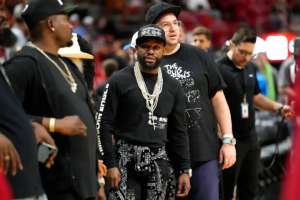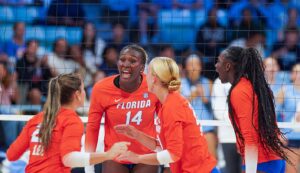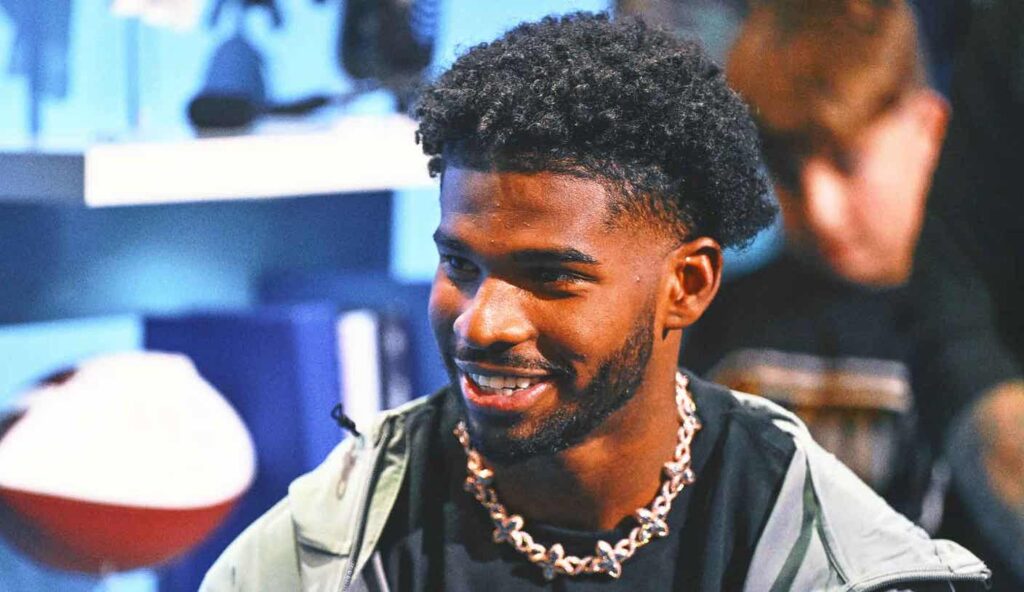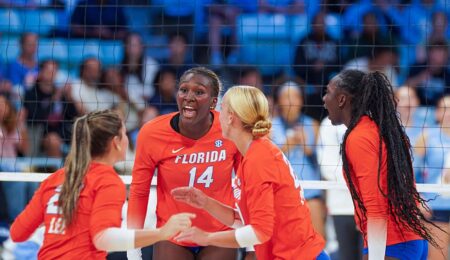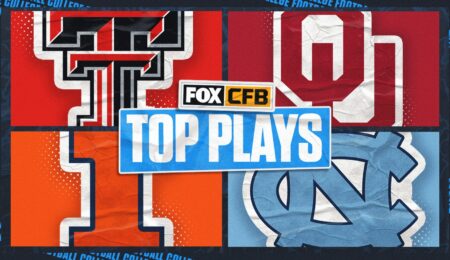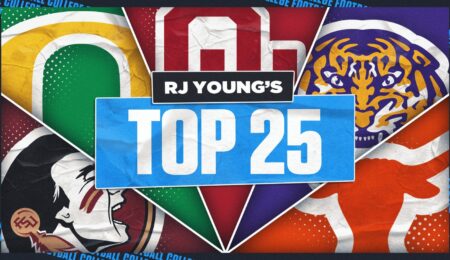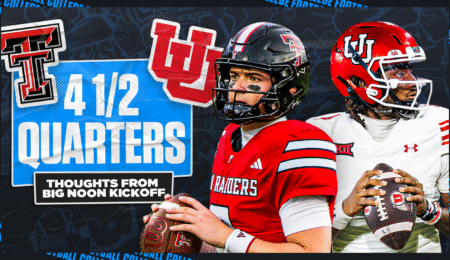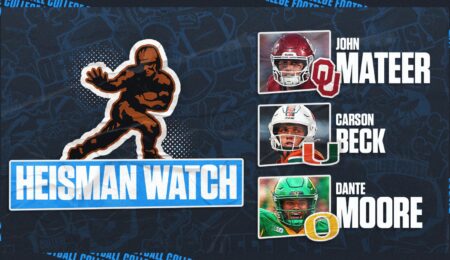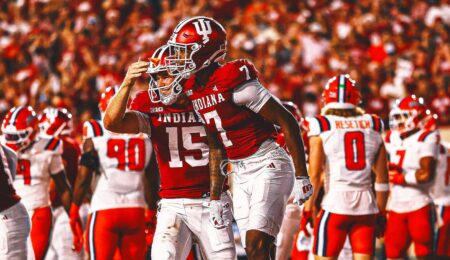The challenge of identifying “best value” draft picks almost immediately is that you’re mainly assessing value compared to expectations entering the draft. In two years, or in four years at the end of rookie contracts, you can assess value based on actual on-field production, and it’s easy to identify starters who were late-round gems, or stars who weren’t expected to be that good way back when they were drafted.
But as the 2025 draftees go through rookie minicamps, we can identify players who, for one reason or another, were available later than most expected. That can happen for a number of reasons. We might have known a player had an injury concern, but not appreciated just how many teams might have taken that player off their board because of that red flag, and the same can be said for off-field issues. We picked one player in each round as a “best value” pick, with a mix of offense and defense and reasons why they hold value.
Inside linebacker is not a valued position compared to most, and while Campbell was widely considered the best of this class, a shoulder injury that required surgery after the combine put a new question mark on him. Mock drafts had him going to Arizona at No. 16 or Tampa Bay at 19, but ultimately he was picked at the end of the first round.
The Eagles, who don’t have an immediate and pressing need at linebacker, still coveted Campbell enough that they told him they tried to trade up to get him for an hour before the Chiefs let them slide up one spot to No. 31, getting a fifth-round pick in the deal. The short-term injury concerns aren’t as big a concern for the Eagles because Campbell doesn’t have to start in Week 1, not unlike corner Cooper DeJean in last year’s draft.
Johnson was projected by some as a potential top-10 pick, and like Campbell, injury flags contributed to him going much lower than most expected. Johnson missed time last year with shoulder and toe injuries, and potential knee issues were also a factor. So instead of him being the second corner off the board — counting Colorado two-way star Travis Hunter as the first — Johnson was the fourth, at least a round later than most projected.
Arizona is getting a player who was MVP of the national championship game in 2023, who returned three interceptions for touchdowns in college. If healthy, he could be a steal and a star in Jonathan Gannon’s defense in Arizona, a prospect with size and speed from one of college football’s powerhouse programs. We also considered Marshall edge rusher Mike Green, a potential first-rounder who fell all the way to Baltimore at No. 59.
Joel Klatt’s way-too-early top prospects in 2026 NFL Draft

Watts had 13 interceptions in his last two seasons for the Fighting Irish, while no other player in college football had more than nine in that span. The Consensus Board at WideLeft.Football, which combines 112 different mock drafts into one aggregate ranking, had Watts 48th overall, midway through the second round.
When the Bucs took his Notre Dame teammate, corner Benjamin Morrison, in the second round, Morrison was giddy at the idea that his new team could also get Watts. “If they get X … I couldn’t even explain to you how happy I would be,” Morrison said. “That’s like my best friend, so if I could have any say for him to come play with me, that would be awesome. But regardless, he’s going to be a great player, a great pro, wherever he’s at.” Watts ended up going to a division rival, and could step in as an immediate starter for Atlanta this season.
There are already plenty of Royals fans in Kansas City, with the MLB ballpark close enough to share a parking lot with Arrowhead Stadium. The Chiefs struggled with receiver injuries last season on the way to the Super Bowl, and Royals had 15 touchdowns for Utah State in 2023 and ran a 4.42 40-yard dash at the 2025 combine. His draft slot is a function of a short-term injury, with Royals missing the final five games last year with a foot injury.
He’ll join a young nucleus for Patrick Mahomes to throw to, with third-year pro Rashee Rice and second-year pro Xavier Worthy and a smattering of veterans beyond that. Royals was 74th on Wide Left’s Consensus Board, nearly two rounds higher than where he actually went. We also considered Tennessee running back Dylan Sampson, who had 37 touchdowns in the past two seasons and went in the fourth to the Browns.
Sanders had as big a draft fall as perhaps there has even been, going from being widely projected as a top-three overall pick to waiting for the third day of the draft. His massive drop has been examined exhaustively — should he have worked out for more teams, or been more humble in the draft process? Once he wasn’t being drafted as a likely starter, the circus that comes with him — including his father, Colorado coach Deion Sanders — became enough to overcome his upside if he’s only rostered as a backup.
RELATED: What went wrong: How Shedeur Sanders’ descent actually happened pre-draft
Cleveland’s quarterback room is a crowded mess, with Deshaun Watson and a huge guaranteed salary taking a backseat to four quarterbacks, all acquired this spring: veteran Joe Flacco, third-year pro Kenny Pickett and somehow two 2025 draft picks, with Oregon’s Dillon Gabriel going in the third round before the Browns came back to Sanders. Now that he’s in Cleveland, Sanders is remarkably inexpensive, making less than $5 million total on a four-year rookie contract. The Browns don’t have much invested in any of the new four quarterbacks, so if Sanders can limit the off-field distractions, it’s a wide-open competition he could win. Also worth mentioning in this round: Purdue guard Marcus Mbow, who went to the Giants.
Did Shedeur Sanders win big in draft by avoiding first-round pressure?
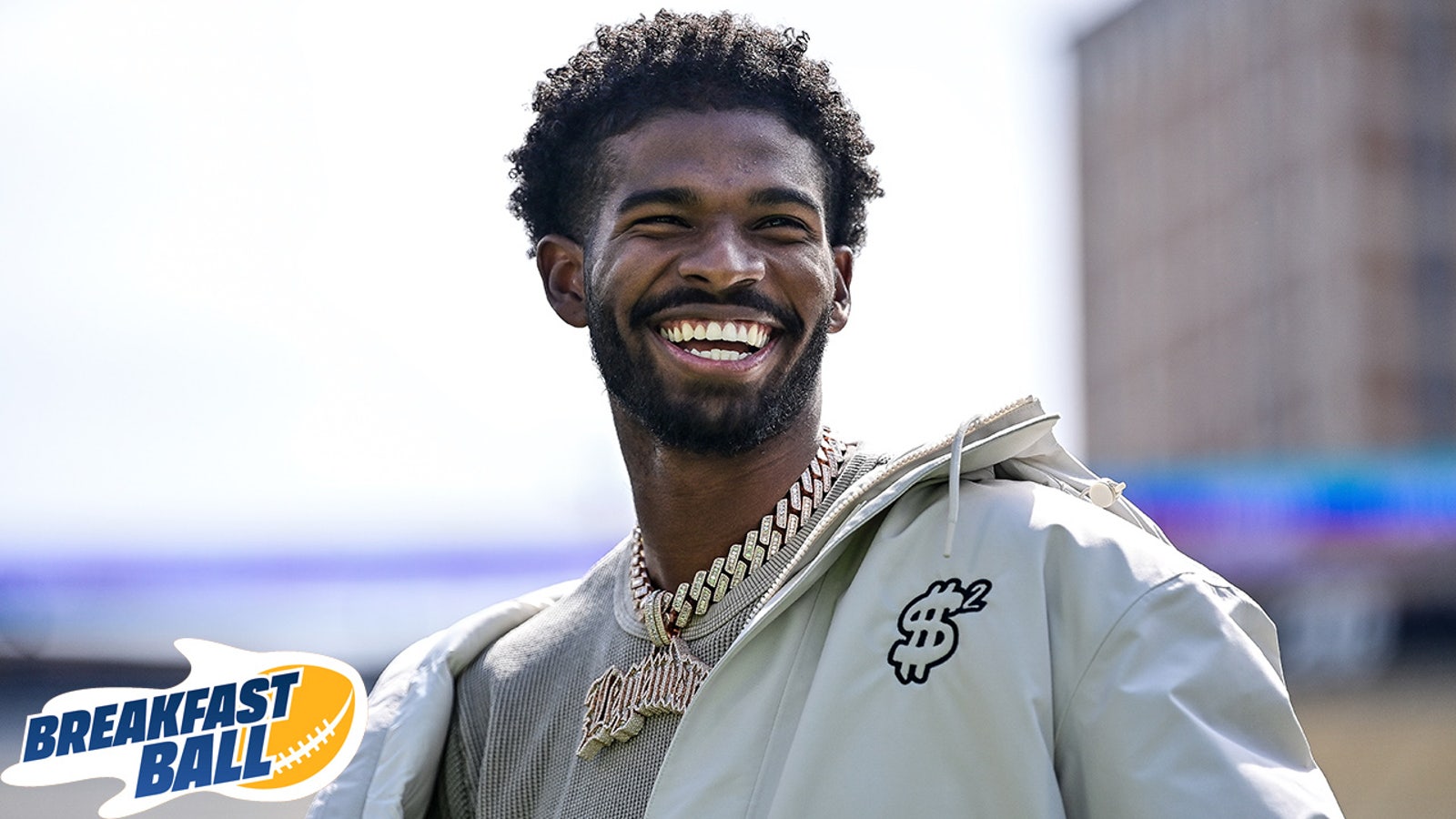
RELATED: 5 key post-draft questions: Can Shedeur Sanders win Browns’ QB1 job?
The Eagles are really good at this, with enough returning talent and depth that they can take less experienced, developmental pieces and trust that their coaching can elevate them on a more lenient timetable. Their offensive line, coached by a legend in Jeff Stoutland, is good enough that Williams might not even dress on Sundays as a rookie. He had only 16 starts in college, a wildly low number, but is big and athletic enough that you like his odds given a year or two to practice and grow with Stoutland.
Williams definitely had too many penalties in college, but a seven-foot wingspan can’t be taught, so as sixth-rounders go, he’s a great project. Plus, he was No. 92 overall on Wide Left’s Consensus Board. Another value name to watch from the sixth round is Aeneas “Fub” Peebles, a defensive tackle from Virginia Tech who went to the Ravens.
Tampa Bay is already loaded at receiver, with a pair of $20 million Pro Bowl types in Mike Evans and Chris Godwin, a second-year phenom in Jalen McMillan and this year’s first-rounder in Ohio State’s Emeka Egbuka. The Bucs took a late-round flier on Johnson, who is tiny at 154 pounds but is freakishly elusive in the open field and can separate exceptionally well. He had 10 touchdown receptions in each of his last two seasons with the Ducks.
The Bucs have dabbled with way-too-light receivers in each of the past two seasons, but Johnson could really stick — especially if he can win a return job, having taken a punt 85 yards for a touchdown last season. He ranked 133rd on Wide Left’s Consensus Board. We didn’t want to double-up at quarterback here, but Texas’ Quinn Ewers is a very low-risk investment for the Dolphins in this round.
Greg Auman is an NFL Reporter for FOX Sports. He previously spent a decade covering the Buccaneers for the Tampa Bay Times and The Athletic. You can follow him on Twitter at @gregauman.
Want great stories delivered right to your inbox? Create or log in to your FOX Sports account, and follow leagues, teams and players to receive a personalized newsletter daily!
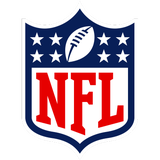
Get more from National Football League Follow your favorites to get information about games, news and more
Read the full article here


